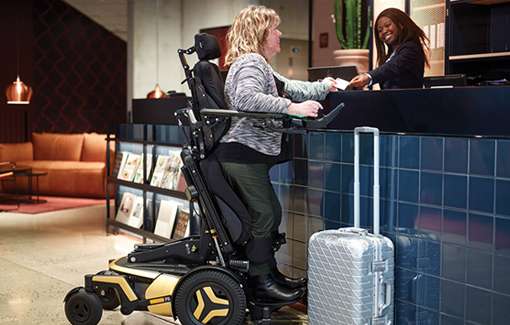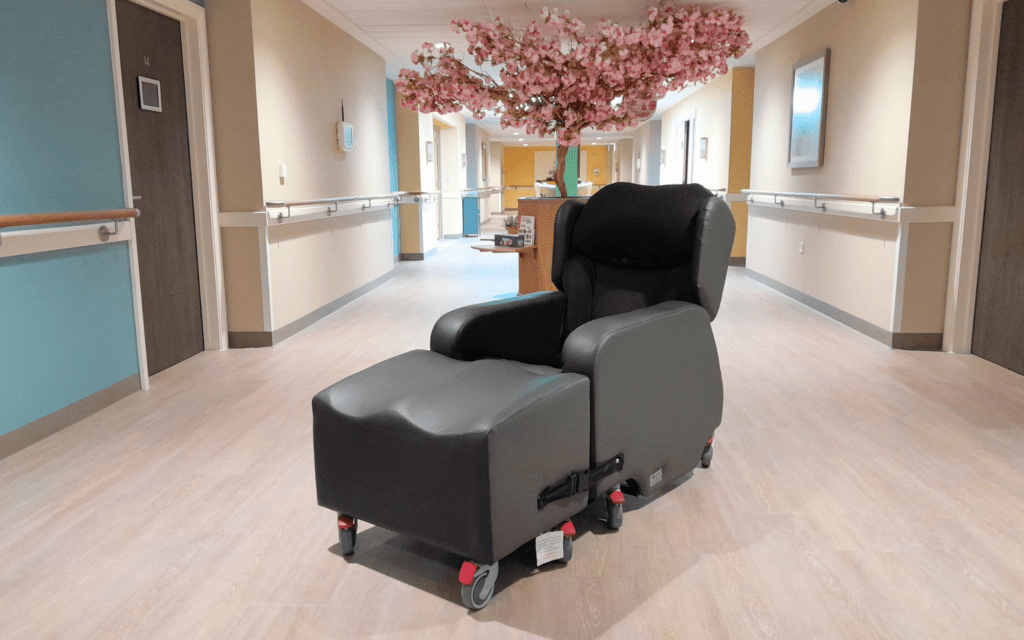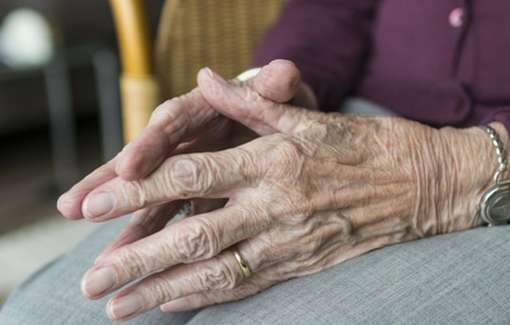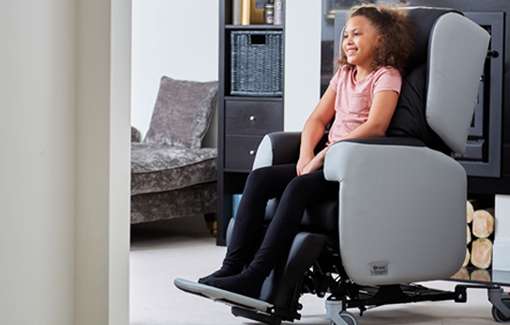Hip fractures are one of the most common reasons that people require orthopaedic treatment in hospitals in the UK. In fact, over 70,000 hip fractures are treated in the UK every year, with 70-80% of those patients being women.
Hip fractures can vary in severity, and most can be treated with rehabilitation and sometimes surgery. Whilst we have already covered the ways you can prevent a hip fracture, we wanted to take a closer look at how they are caused. So here are the most common causes of hip fractures.
Jump straight to…
Who is at risk?
Anyone can break a bone, but older people tend to be more vulnerable to hip fractures. This is down to a few different changes that occur with age.
A general decline in overall fitness can make someone more at risk of sustaining a hip fracture. As people age, they naturally lose some level of physical fitness, and therefore they lose a degree of mobility, muscle strength, and balance. This makes them more likely to fall and suffer a hip fracture.
Older people are also more likely to have developed osteoporosis, especially women. Bone density is lost in older age and particularly when women have gone through menopause. This means that bones are weaker and consequently much easier to fracture because of impact injuries.
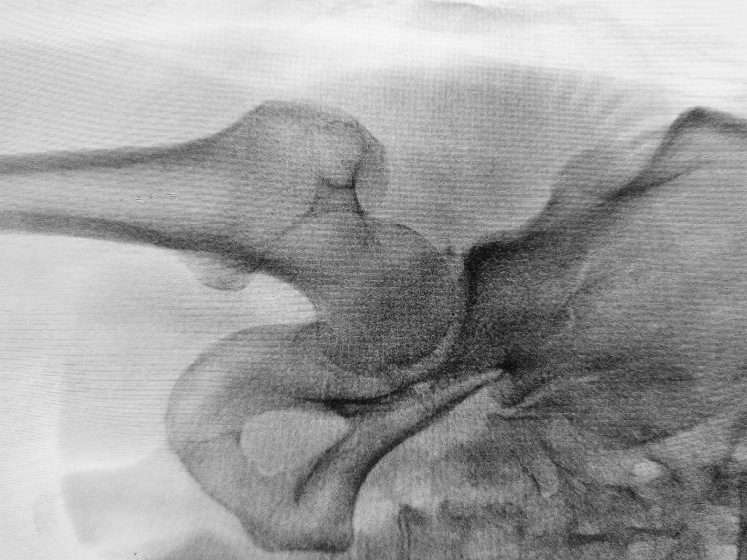
Older women are more likely to develop Osteoporosis, which weakens the bones and can lead to a higher chance of hip fractures.
Other factors like chronic health conditions and certain medications can also result in hip fractures. People living with conditions like Alzheimer’s and Parkinson’s, or people taking certain sedatives or anti-depressants may be more prone to balance issues, resulting in falls and hip fractures.
So with that in mind, what is the most common cause of hip fractures?
Falls & Osteoporosis
There is one key cause of hip fractures that eclipses any other — falls. Regardless of who is most at risk of sustaining a hip fracture, falls are the main culprit. Around 3.4 million people over the age of 65 have a fall that results in a serious injury. With that in mind, it’s easy to understand how common it is to suffer a hip fracture.
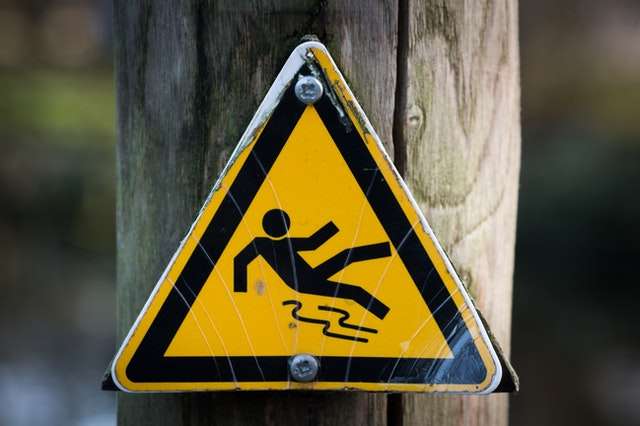
Falls are by far the most common cause of hip fractures. Falls can happen to anyone at any age.
As older people are more at risk of general trips or loss of balance, they are also more at risk of falls. Your hip is often one of the first parts of the body to take the force of a fall. The weight of your own body can easily lead to a hip fracture and often does if the individual is elderly.
Combined with their higher risk of osteoporosis, elderly people (particularly women) are also more susceptible to hip fractures following a fall. Women lose 30% to 50% of their bone density as they get older, which means that their bones get significantly weaker. This means that even a slight knock or tumble could result in broken bones.
Trauma Injuries
In the same vein as falls, trauma injuries are also a common cause of hip fractures. Things like car crashes, accidents, or more complex falls can easily result in a broken hip. Trauma injuries can be sustained by people of any age.
Any accident that results in severe physical injuries is regarded as a trauma injury. This covers a range of things from nasty falls through to automobile accidents.
The impact from a traumatic injury can easily lead to a hip fracture amongst many other fractures. We’ve already touched on falls, but any impact to the lower body can result in a broken hip. Although young people have denser bones, a harder fall or a greater impact can still cause the same level of injury.
Running (Stress Fractures)
Believe it or not, long-distance runners and athletes are also prone to hip fractures. These are known as stress fractures, and they are caused by repeated impact to a certain area. In this case, the impact is on the hip joint.

Long-distance runners are also prone to hip fractures thanks to stress fractures in their joints.
Running puts a certain amount of impact through your legs and joints with every step. So for someone running a marathon, they are taking (on average) around 55,000 steps. If we then factor in any training they have done prior to this, this figure could easily be north of 250,000 steps with additional impact going through their legs.
This repeated impact could eventually cause stress fractures in vulnerable areas, like the hip. Hip fractures are treated the same way in runners as they are in elderly people — with rehabilitation and surgery if needed.
What do we recommend?
Although hip fractures can be caused by almost anything at any time, there are some preventative steps that can be taken. With falls being the main cause of hip fractures, it is falls prevention that should be focused on.
Changing your environment to minimise the chance of a fall occurring is the first step to take. Making sure that the floors are clear and even with no unnecessary obstacles (i.e., loose wires, thick rugs), and having good lighting makes a huge difference.
As much as you can prevent falls, they may still happen at some point. In which case, a hip protector would be a better bet.
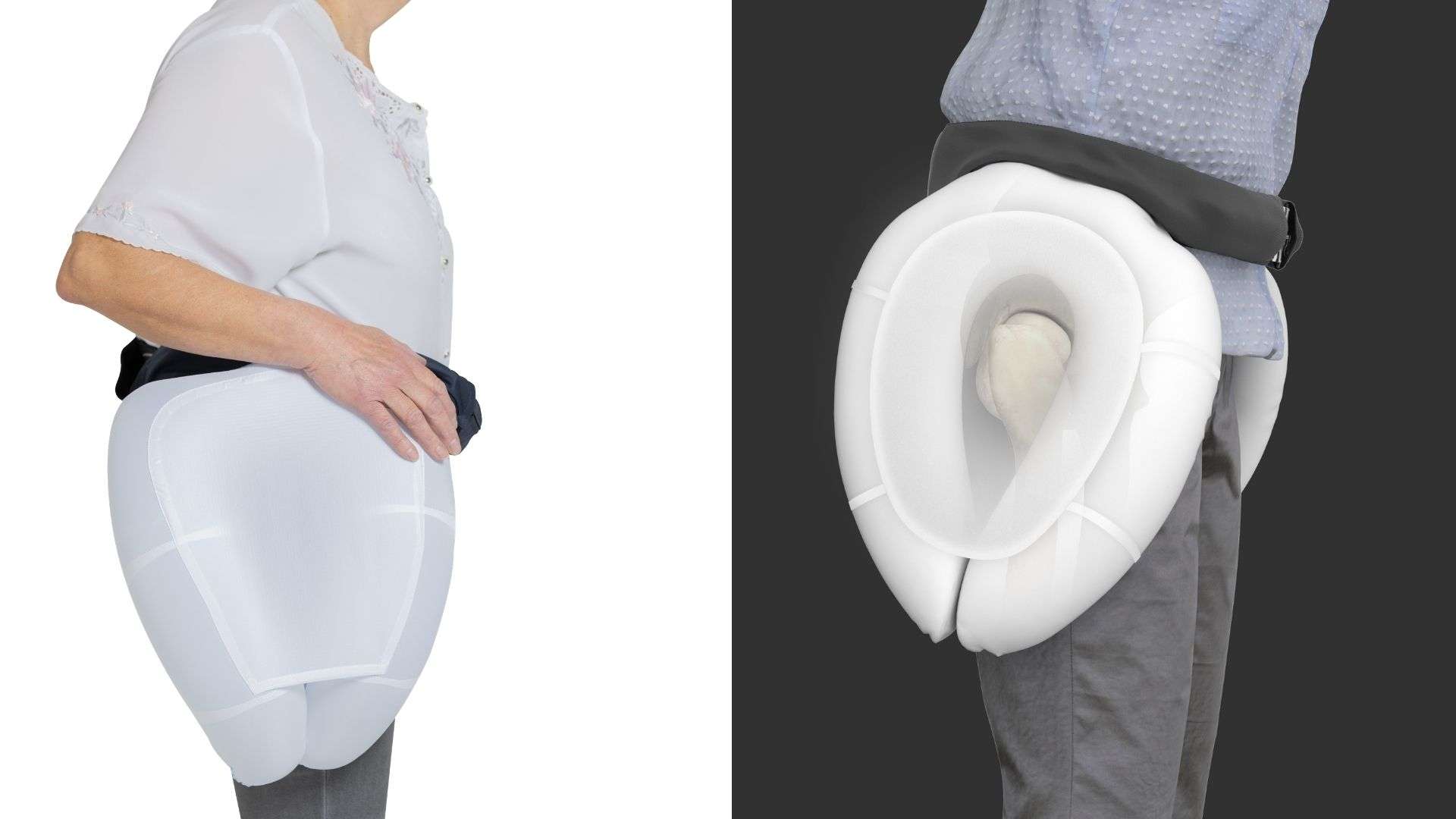
The Hip’Guard falls protection belt gives peace of mind that when a fall occurs, the person’s hips are protected.
The Hip’Guard belt can be worn at any time to protect the wearer from hip fractures. With built-in airbags on either side, the Hip’Guard will cushion the hips and protect them from impact. It features a sensor that can detect a fall occurring in just 0.2 seconds and will inflate the airbags to cradle the hips from any possible impact.
Summary
Any impact sustained on the hip joint can cause a fracture, but elderly people are at a much higher risk, particularly women. With lower bone density and less mobility, it is easy to take a trip and fall awkwardly, sustaining a hip fracture in the process.
Whilst hip fractures can happen at any time, anywhere, with anyone, the biggest cause is (by far) falls. Anyone can have a fall, which is why falls prevention and falls protection is imperative to keeping those more at risk of a tumble safe from any possible fractures.






